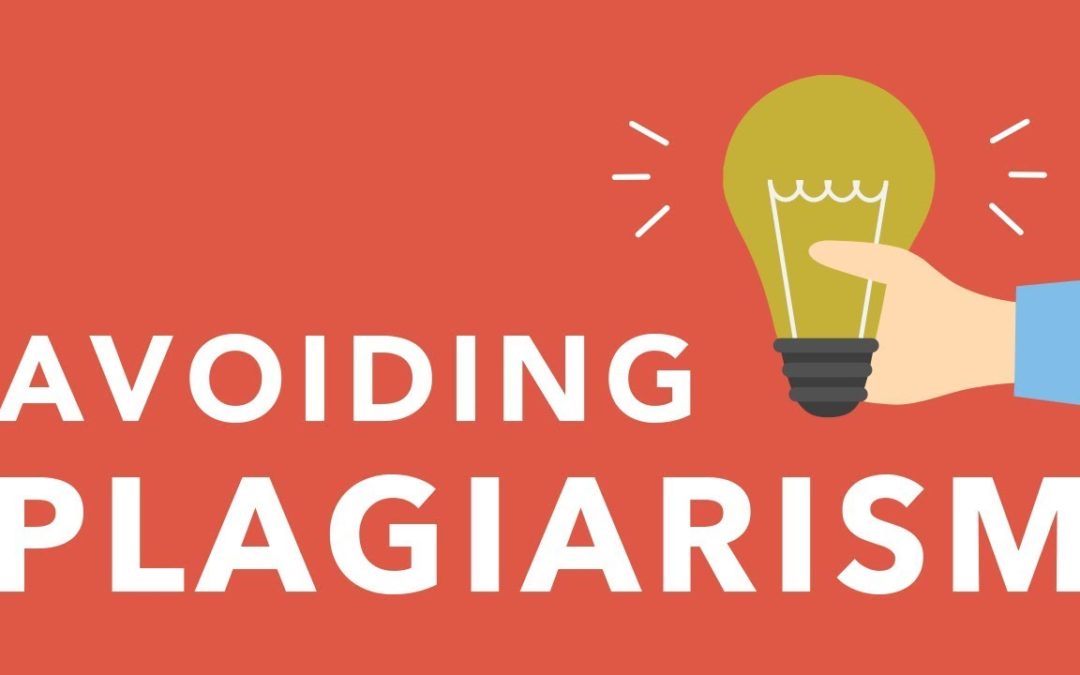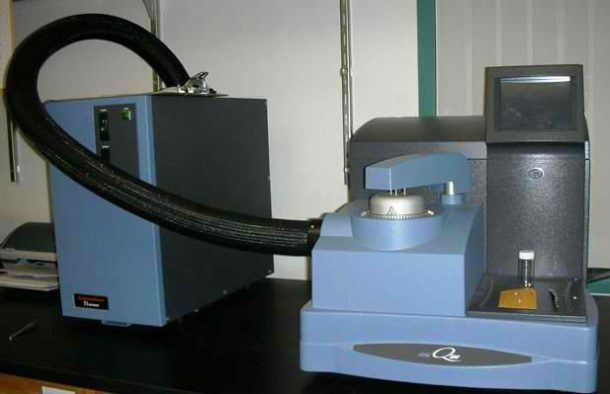What is Plagiarism?
Plagiarism is “wrongful appropriation” and “stealing and publication” of another author’s “language, thoughts, ideas, or expressions” and therefore the illustration of them as one’s own original work.
Plagiarism is assessed as educational dishonesty and a breach of print media (journalist) ethics. it’s subject to sanctions like penalties, suspension, expulsion from university, college or work, substantial fines and even confinement. Recently, cases of “extreme plagiarism” are recogised in academics. The trendy thought of plagiarism as immoral and originality as a ideal emerged in Europe in the XVIII century, particularly with the Romantic movement.
Looking for Plagiarism free writing assistance? Call us on +91 7842798518
Why Plagiarism matter?
Plagiarism may be a violation of research and academic dishonesty. Its’s the rule of intellectual creativeness to contemplate the artistic concepts, content, words and data that form the nucleolus for idea of one’s own activities for all the members of the academic and research community.
Claiming another person’s job as your own onset solely mean that the training program has not been completed, it’s conjointly against research and academic conventions. Plagiarism is immoral and may have serious consequences on your future career. It also harms the university organization / college values and the integrity of your institution. It is strongly recommended to use plagiarism detector to avoid plagiarism.
Type of Plagiarism
Plagiarism, or claiming somebody else’s work as your own, is not a new happening in research and academics. it’s gained significant attention with the emergence of cutting-edge technology that has made it trouble-free to expose instances of plagiarism. There are various types of plagiarism prevailing. Although no degree of plagiarism is bearable, it will vary from complete plagiarism, as the most horrifying act of fraud, to accidental plagiarism.
Nonetheless, not all types of plagiarism are identical. When analyzing whether something is an act of plagiarism, the determination of whether or not it had been intentional or unintentional, plays a very important role. That’s why, a clear understanding of plagiarism is of significant importance at college and university level. Whatever the type of plagiarism, it is a fraudulent act and is a crime; plagiarism is not acceptable at percentage except established facts, theories, definitions, and formulas.

A study of scientific community has developed a classification of plagiarism types with relevance gravity and percentage of plagiarism. Which are given below to understand the occurrence of plagiarism in your thesis or dissertation work.
- Direct Plagiarism / Full Plagiarism
If a scholar/student/author collect a manuscript produce y another person a submit it by claiming your name, is a Direct or Full Plagiarism and is most severe form of Plagiarism. Stealing other’s physical objects or intellectual theft are same. - Verbatim Plagiarism
When the scholar/student/author duplicates the content/text of different writers without the use of quotation marks or attribution and claiming it as his own, it’s called them, it’s called Verbatim Plagiarism. This type is similar to total or full plagiarism but here in this type involves sections of various sources instead of single copied document. This type is also viewed as fraudulent and it calls for scientific practice to tackle it. - Inaccurate citation/ Source based plagiarism
It is very important to quote reference and bibliographies accurately as per your discipline requirements. You must quote the sources of information, using text links or footnotes. Best way is to include only the references read by you. If you unable to reach primary source then you need to clearly mention that you understood from the secondary text which is derived from others. - Falsification or Data Fabrication plagiarism
Data Fabrication and data Falsification are considered as plagiarism. Data fabrication is similar to cooked up or fake data. Where as falsification of data involves altering or excluding data and suppressing the facts to create a fallacious impression. The outcome of this type of plagiarism can be serious especially in the field of medical research as it adversely affects clinical opinions. - Self or Auto Plagiarism
Auto Plagiarism is also known as self-Plagiarism or duplication of one’s own work, this happens when an author reiterate major portion of his or her previously published work without attribution. This type of plagiarism most likely to occur with published researchers, rather than university research students. Severity of this kind of plagiarism is debatable, many scientific journals nonetheless, have strict criteria on the percentage plagiarism for the reuse of own work. Almost all scientific and academic journals perform plagiarism detection before considering them for review and publication. - Paraphrasing Plagiarism
Paraphrasing Plagiarism is a most common plagiarism prevailing. It involves the inferences and use of someone writings with minor changes, without changing original idea, thus plagiarism arises. Most of the times students don’t understand what constitutes plagiarism. There are established standards for research and technical writing to reduce the possibility of paraphrasing plagiarism. - Inaccurate Authorship
Misleading attribution or Inaccurate authorship can occur in two ways:
• An author’s contribution to manuscript but doesn’t get credit.
• An individual getting credits without contributing to manuscript.
This type of plagiarism is also a violation of the code of conduct in academics and research activities. If an individual edits a manuscript, leading to remarkable changes, in these cases it is suggested to acknowledge the contributors name in acknowledgements, though they are not listed author. - Mosaic Plagiarism or Patchwork Plagiarism
Mosaic Plagiarism is most difficult to detect among various types of plagiarism. Mosaic plagiarism occurs when a individual deploys multiple phrases or text of multiple authors and with significant edits them to result in new phrases or text. It is also known as patchwork plagiarism as it is done with malafide intention and is dishonest. - Unintentional Plagiarism or Accidental Plagiarism
Plagiarism is plagiarism; there is no rationalization, whether intentional or unintentional. This type of plagiarism arises due to misinterpretation, negligence, or unintended paraphrasing. Students and research scholars are more expect to commit this type of plagiarism. Universities and academic institutions should e strict a educate students about the importance of learning this kind of plagiarism as students commit this type of plagiarism more frequently than other writers


